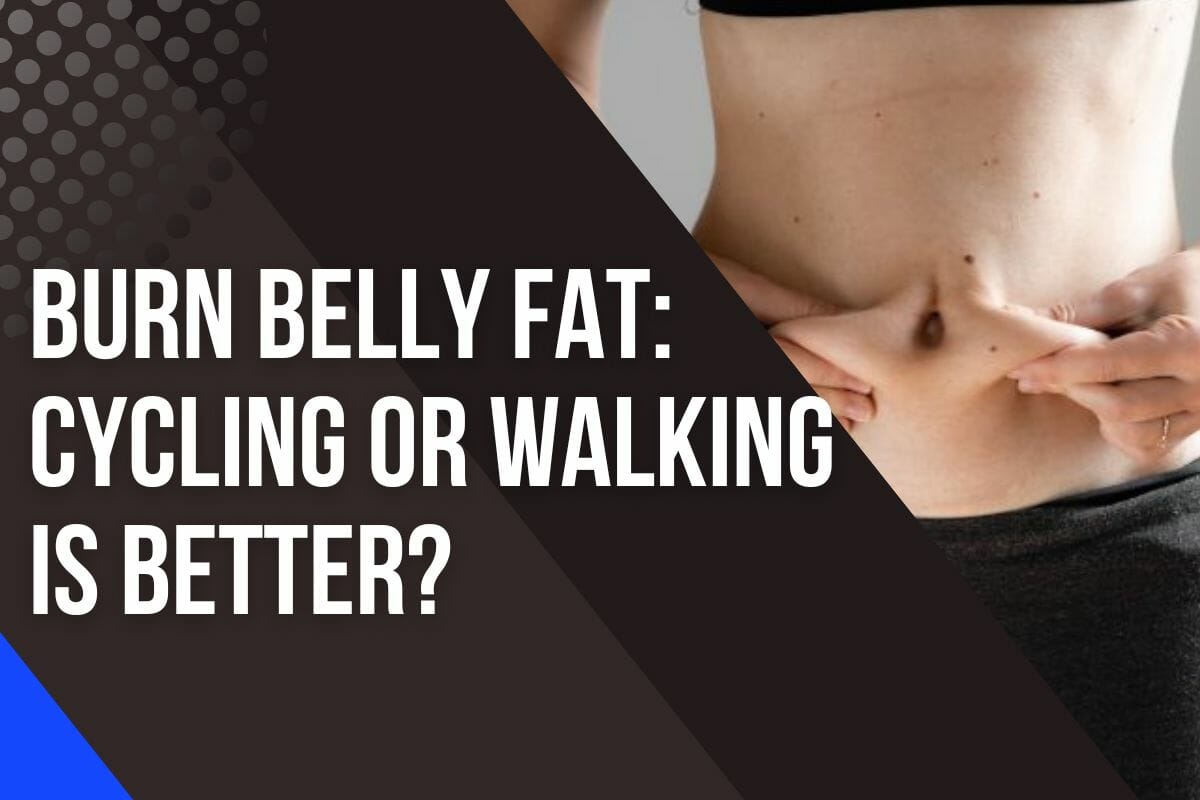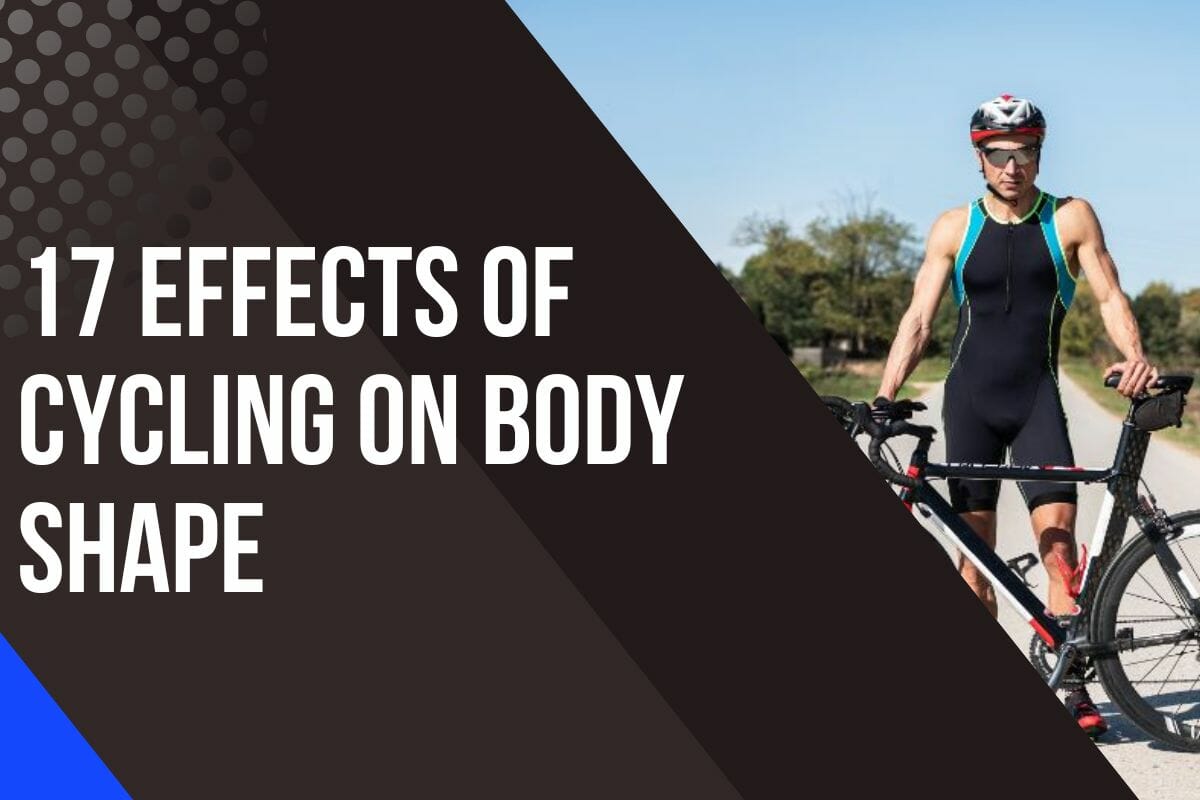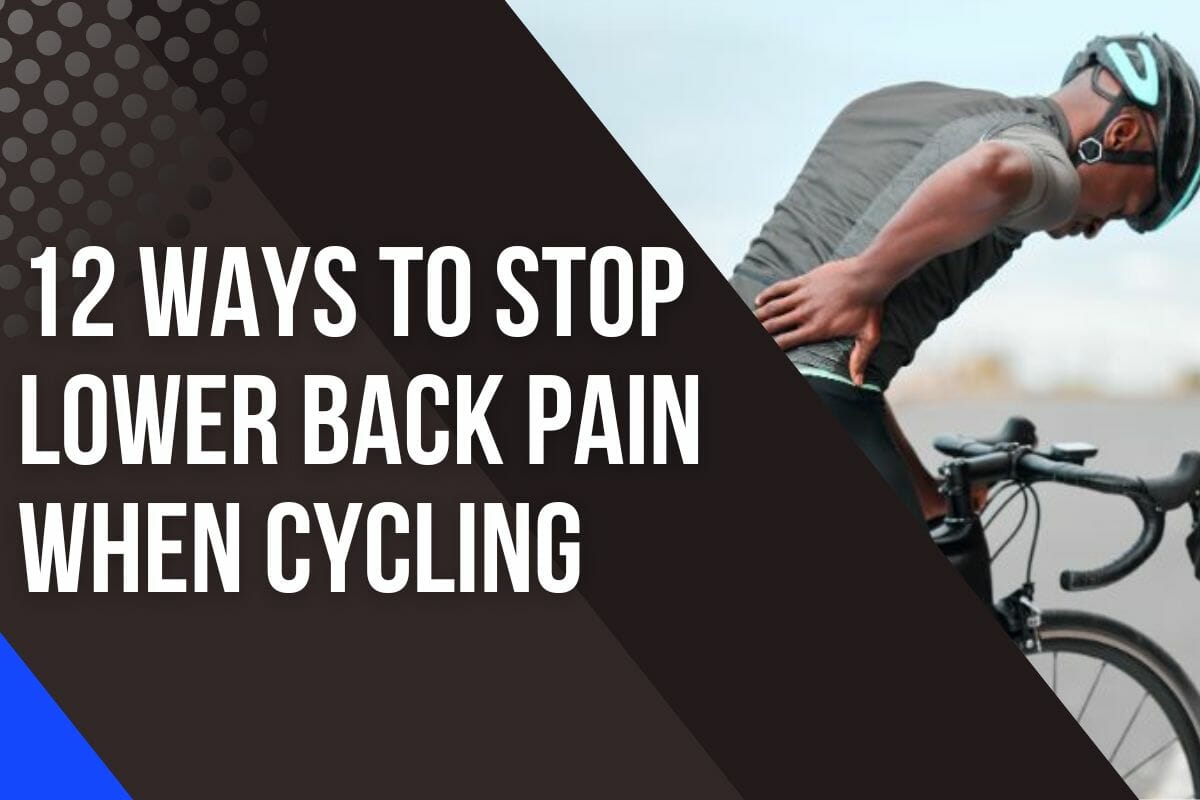Is Being Tall Good For Cycling?

Is there really a correlation between height and cycling performance?
Some say yes, and others beg to differ.
We often look at athletes who are taller than average and assume that they have an advantage over those who aren’t quite as tall.
But does this really hold true when it comes to cycling?
We will explore the ins and outs of the connection between height and cycling success.
From the genetic factors that play a part in how your power output is affected, we will dive into the details of how being tall – or not so tall – can impact your cycling performance.
Is Height A Factor In Cycling Performance?
I’m 6’1″ and have been cycling professionally for many years. I’ve often wondered if my height gives me an advantage over shorter riders.
But, after looking into the facts, I’ve realized that my height doesn’t direcly give me an advantage when it comes to cycling performance. However, taller riders have slight advantages when climbing hills due to more power output.
As far as average height though, the median is around 5’9″, so neither short nor tall riders have a definitive edge.

The size and shape of your frame affect how comfortable you are in the saddle, but aside from this, there isn’t much of an impact on performance due to body size.
It is more about finding the correct position on your bike and having good riding technique!
Your Genetics Play A Part
Genetics determines 60-80% of the basic shape of our body and the size of certain features. (1)
This includes the size of our bones, the ratio of muscle to fat, and the shape of our face and body.
However, nutrition has a huge impact on our overall body shape. It affects our muscle and fat distribution, as well as the size and shape of our body.
Having a taller frame doesn’t guarantee better performance on two wheels.
I’m 6 feet tall, and although my height gives me an advantage in many aspects of life, it can be a disadvantage when it comes to cycling.
Because of my height, I have a heavier body weight than my shorter counterparts, which means that I have less power to weight ratio when compared to shorter cyclists.
This makes it difficult for me to get into an aerodynamic position while riding, which is more important for faster speeds.
Additionally, when finding the right bike frame size for me, I find myself having to go up in sizes that may not be as comfortable for long rides.
Despite all of this though, there are slight advantages that come with being taller.
When cycling on hills or mountainous terrain, taller riders tend to have the ability to generate more force due to their long legs and higher maximal oxygen uptake capabilities.

Also, because of our height, we tend to benefit from having more seat posts available so that we can dial in our optimal riding position easier than our shorter friends might have difficulty with.
The importance of good technique cannot be underestimated either.
Even if you do have long legs and a well-developed aerobic system, proper form will help harness all that potential into something truly spectacular.
And understanding how much weight relates to your height is another important piece of the puzzle – one we’ll explore next…
Body Mass Index And Its Relation To Height
In general, taller people have more potential power output than shorter cyclists because their longer limbs give them more leverage.
At the same time, being taller also means having to carry around more weight.
This can be a challenge for cycling performance since every extra ounce of body weight is essentially energy you need to expend in order to move forward.
Climbing hills can be difficult due to added weight, while flat sections can be tiring because of the extra effort you need to put in just to keep up with lighter riders.

On the other hand, being overweight can put extra strain on your body when trying to push up hills or accelerate quickly.
So while having a bit of extra weight isn’t necessarily bad – especially if it makes your frame stronger – being excessively heavy can actually slow you down due to increased drag and reduced agility.
The key is finding a balance between these two factors.
One that allows you to generate enough power with minimal effort but still maintain good handling characteristics so you don’t lose momentum through corners or descents.
Your Power Output Matters
When it comes to cycling, your power output plays a major role in how successful you are.
But what exactly is the power output and why does it matter so much?
Power output is the measure of energy you’re able to put out on a bike – that’s the amount of work you can do.
In other words, this determines how fast and efficiently you can cycle.
Knowing your power-to-weight ratio is key when you’re trying to figure out if you have an advantage on the road or trails.

I’m about average height, but that doesn’t mean I don’t have an edge over those who are taller or shorter than me.
It’s all about the power-to-weight ratio, no matter what size you are.
Taller riders may be able to put out more watts due to their long limbs and higher body mass, but that doesn’t mean they’re necessarily faster than someone of average or shorter height.
To increase your power output, there are some key things you need to take into account:
- Strength – You need strong legs to be able to push hard against the pedals and generate the most force possible.
- Endurance – The more endurance you have, the longer periods of time you are capable of riding at higher outputs without fatiguing quickly.
- Technique – Your technique also affects pedal stroke efficiency which can help prevent fatigue and allow for better performance over long or short distances.
The combination of all these elements will determine how powerful your pedaling is when it counts most!
Cycling is an individual sport, and finding the right balance between speed, comfort, and power output is key to becoming a successful cyclist.
My Verdict
Cycling can be beneficial regardless of height.
It’s just about finding a balance between comfortability and performance.
Taller cyclists should make sure to pay attention to their core strength, as having strong abdominal muscles will give them better control over the bike and allow them to cycle more efficiently.
Shorter riders may want to take special considerations when buying a bike frame.
It’s important that they get one tailored to their size so that they don’t have to struggle with an uncomfortable ride.





